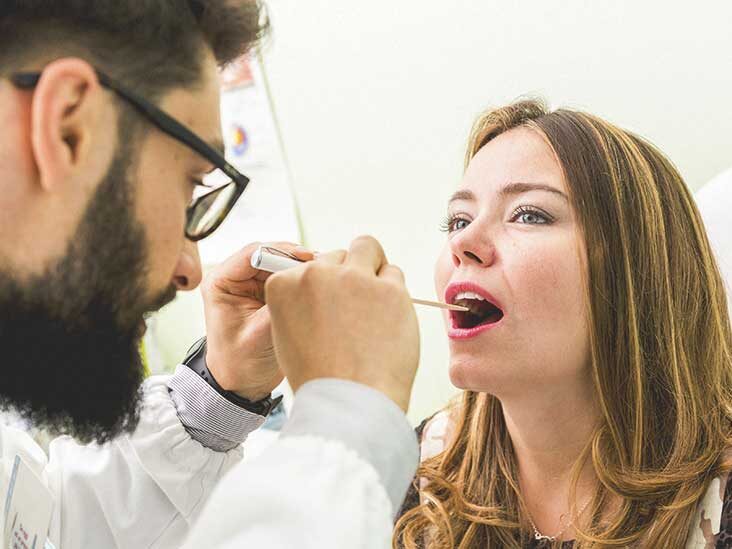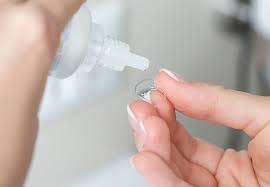
Taking good care of your feet can help you avoid issues that put you in danger of falling by treating common foot issues, including corns, calluses, bunions, and ingrown toenails.
Fall prevention can also be aided by wearing footwear that is secure, appropriate, and in good condition.
Foot care
Effective foot care doesn’t have to be time-consuming and might include:
- Ensuring that they’re dry and clean, especially between your toes
- Monitoring them frequently for bruising, redness, swelling, or cuts or sores. Learn about your feet and what’s normal for them.
- If your skin is dry, use moisturizer to stop it from cracking and to improve its texture of it.
How often?
Regular foot maintenance should include checking your feet and, if necessary, trimming and filing your toenails. Set aside 10 minutes once a week as your usual time.
It is advised that you examine your feet daily if you have diabetes or poor circulation (medium or high risk).
Foot problems
Speak to your GP for guidance on what to do if you encounter any foot issues, such as cuts, sores, or fluid or blood pouring from any location.
Performing foot exams on diabetics
Diabetes patients run the risk of experiencing foot numbness, which makes it difficult for them to feel where their foot is on the ground.
As part of your yearly diabetes review, if you have diabetes, you should have your feet checked to check for and track any changes.
Footwear
In addition to taking care of your feet, you need to consider how your footwear will affect how you walk and how you balance. You shouldn’t feel any heel pain Singapore when walking.
Shoes
A decent shoe should protect and support your foot while enabling natural movement when you walk. Foot issues, including corns, calluses, bunions, flat feet, and ingrown toenails, can be brought on by ill-fitting shoes.
When buying new shoes, be sure to:
- An upper with seam-free linings composed of seamless natural or synthetic fabrics, including leather.
- A large, spacious toe box at the front of the shoe to relieve strain on the side of the foot’s joints and the toes.
- A grip-enhancing cushioned and flexible custom insoles Singapore.
- A heel that is no taller than 3 centimetres (one and a half inches) and is wide enough to be stable.
- The shoe is fastened to the foot securely and pleasantly using laces, buckles, or Velcro straps. Don’t wear slip-on shoes.
Insoles
Check if your insoles or splints are still the proper fit for you by speaking with your podiatrist or the hospital department where you obtained them.
Socks and tights
Natural materials, like cotton or wool, should make up a large number of socks since they promote sweat evaporation from the skin. Wear wool for warmth in the winter and cotton in the summer to stay cool.
Make sure your socks and tights are not excessively tight or pulled up too high, so they cut into the skin or impede circulation when getting dressed. Additionally, you should avoid wearing socks or tights while walking on slippery surfaces, such as slick floors or tiles.


